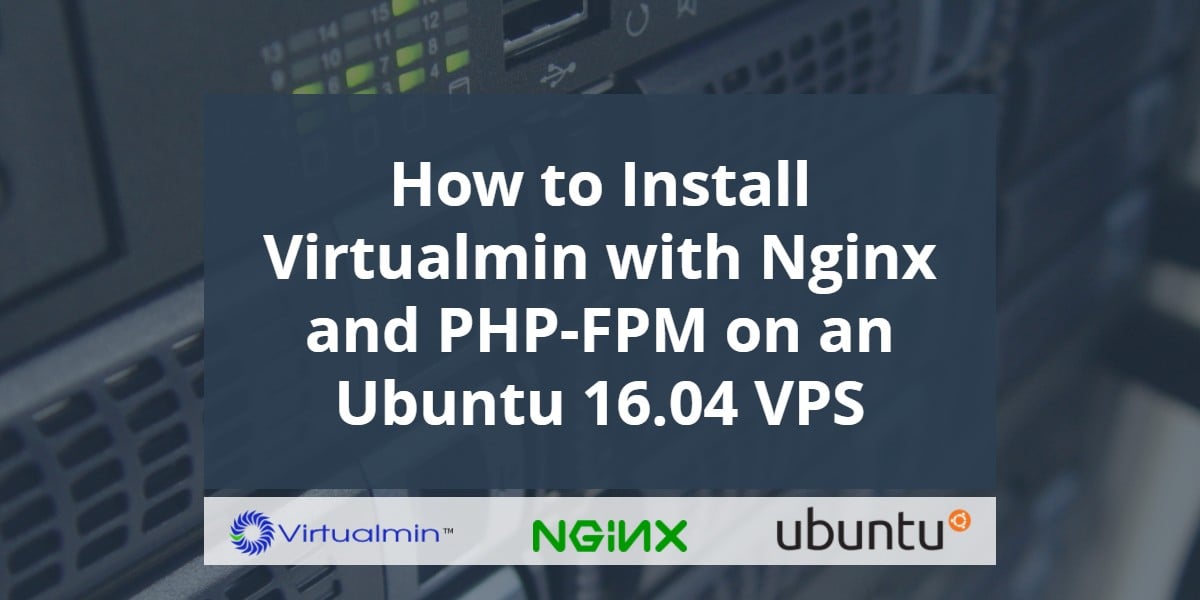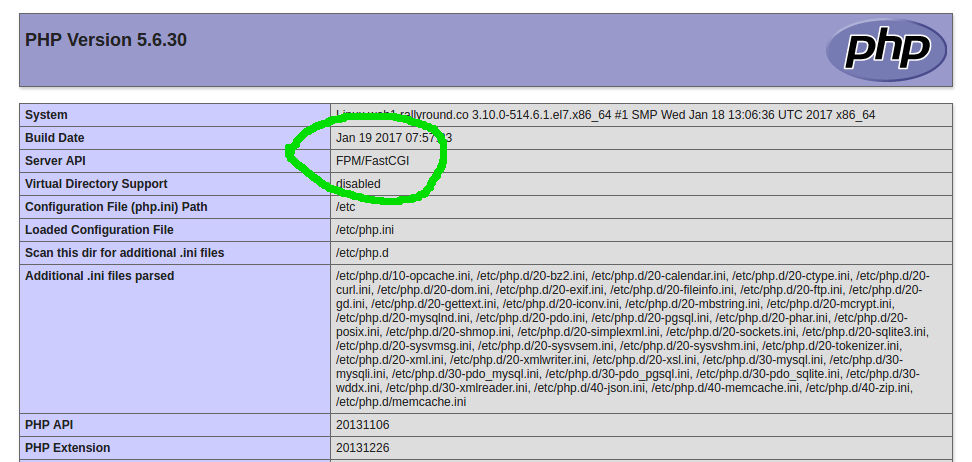

Suppose you have installed different versions of PHP. server ĭon't forget to restart the Apache webserver of PHP-FPM after the installation of PHP extensions. On your Nginx server block, append the following lines to enable Nginx process php files. we need to configure Nginx to work with PHP-FPM. Nginx lacks the ability to natively process php scripts and applications. sudo systemctl status php8.1-fpm Configure Nginx with PHP-FPM Once installed, confirm the status of the php fpm service using the following command.
#Install php fpm install#
Similarly, you can install PHP 8.1 with FPM for Nginx on Ubuntu as follows: sudo apt update The status active (running) will indicate that the service is up and running Install PHP 8.1 with Nginx To confirm that the PHP-FPM is running, run the following command. Upon installation, PHP-FPM should start automatically without any intervention. To make this possible, execute the following commands to install PHP and PHP-FPM sudo apt update PHP-FPM will, therefore, be used to process php files. Nginx web server, by default, does not provide built-in support for processing PHP files. systemctl restart apache2 Install PHP 8.0 with Nginx To enable PHP-FPM, run: sudo a2enmod proxy_fcgi setenvifįor the changes to come to effect, restart the Apache web server. Sudo apt install php8.0-fpm libapache2-mod-fcgid PHP-FPM ( FastCGI Process Manager ) is a tool for speeding up the performance of a web server and is a better alternative to PHP.īy default, PHP-FPM is not enabled in Apache, and we need to go an extra step and enable it. To verify PHP 8.1 is installed, run the following command: php -v Configure Apache with PHP-FPM Once again, restart Apache to reload the PHP module. As it comes default in the repository you simply install PHP and Apache PHP module as follows: sudo apt update PHP 8.1 is the latest version of PHP at this time of writing. To confirm PHP 8.0 is installed, run the following command: php -v Install PHP 8.1 with Apache Once installed, reload Apache for the changes to take effect: sudo systemctl restart apache Sudo apt install php8.0 libapache2-mod-php8.0 To install PHP 8.0 on Ubuntu as an Apache module, run the following commands: In case you have Apache as your web server, you have the option of running PHP as an Apache PHP module or PHP-FPM. With the PPA installed, you can now install your preferred PHP version. sudo apt update Install PHP 8.0 with Apache Then update the local package index to start using the newly added PHP repository. Then enable the Ondrej PPA using the following command. To accomplish this, first, install the prerequisites sudo apt install software-properties-common -y This is a PPA that is maintained by Ondrej Sury, a Debian developer who has been packaging PHP since PHP 5. To take advantage of these latest PHP versions, you need to enable the Ondrej PPA repository which provides the latest versions of PHP. To install PHP using the APT package manager from the default Ubuntu repository, type: sudo apt install php A sudo user configured on the instance for carrying out root user tasks.Īt the time of writing this guide, the default PHP version that is currently hosted or provided by Ubuntu repositories is PHP 8.1.An instance of Ubuntu 22.04 with SSH access.
#Install php fpm how to#
In this tutorial, we will demonstrate how to install PHP on Ubuntu 22.04 and combine it with Apache and Nginx. Many content management systems (CMS) such as WordPress and Lavaravel are written in PHP. It first appeared in 1995 but is now currently maintained by Zend technologies. It is widely used in web development for supporting and running PHP applications on a web server.

Especially with many customers it may take a long time to start PHP-FPM up during boots.
#Install php fpm windows#
Editing files using these utilities will convert them to Windows format - and Linux will be unable to read those. When editing configuration files, please do not use WinSCP or Windows Notepad.This may help you further open in new window 500 Internal Server Error - Check the logs! Often you can find the solution by the given errors.Check if path to init.d script and fpm config are correctly set.There are like 1 billion problems you might have to face 😉 You can also check that by running phpinfo() from a file within a customer domain. If there are PHP child processes under the Apache process all is working fine. If you have set up all correctly it should be now possible to open the customer domains in your browser.


 0 kommentar(er)
0 kommentar(er)
